-
Product Name
Syntenin-1 antibody
- Documents
-
Description
Syntenin-1 Rabbit Polyclonal antibody. Positive FC detected in HepG2 cells. Positive IF detected in HepG2 cells. Positive IHC detected in human liver tissue, human heart tissue. Positive IP detected in HeLa cells. Positive WB detected in HepG2 cells, A549 cells, HeLa cells, human placenta tissue, MCF7 cells. Observed molecular weight by Western-blot: 32 kDa
-
Tested applications
ELISA, WB, IHC, FC, IP, IF
-
Species reactivity
Human; other species not tested.
-
Alternative names
MDA 9 antibody; MDA9 antibody; Scaffold protein Pbp1 antibody; SDCBP antibody; ST1 antibody; SYCL antibody; Syndecan binding protein 1 antibody; Syntenin-1 antibody; TACIP18 antibody
-
Isotype
Rabbit IgG
-
Preparation
This antibody was obtained by immunization of Syntenin-1 recombinant protein (Accession Number: NM_005625). Purification method: Antigen affinity purified.
-
Clonality
Polyclonal
-
Formulation
PBS with 0.02% sodium azide and 50% glycerol pH 7.3.
-
Storage instructions
Store at -20℃. DO NOT ALIQUOT
-
Applications
Recommended Dilution:
WB: 1:500-1:5000
IP: 1:500-1:5000
IHC: 1:20-1:200
IF: 1:50-1:500
-
Validations
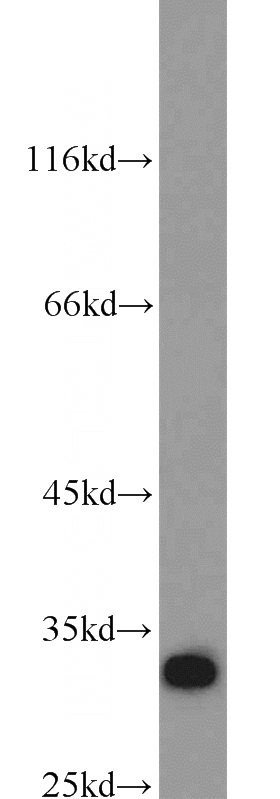
HepG2 cells were subjected to SDS PAGE followed by western blot with Catalog No:115803(SDCBP antibody) at dilution of 1:1000

IP Result of anti-SDCBP (IP:Catalog No:115803, 3ug; Detection:Catalog No:115803 1:1000) with HeLa cells lysate 2500ug.
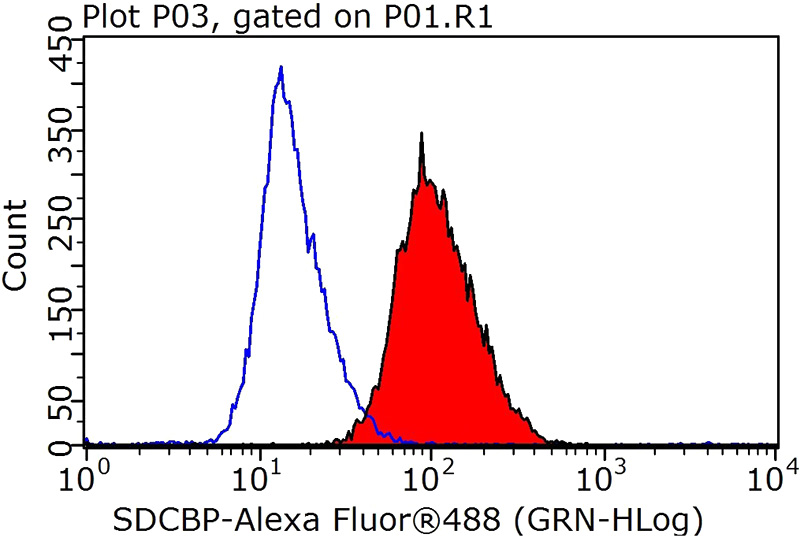
1X10^6 HepG2 cells were stained with 0.2ug SDCBP antibody (Catalog No:115803, red) and control antibody (blue). Fixed with 90% MeOH blocked with 3% BSA (30 min). Alexa Fluor 488-congugated AffiniPure Goat Anti-Rabbit IgG(H+L) with dilution 1:1000.
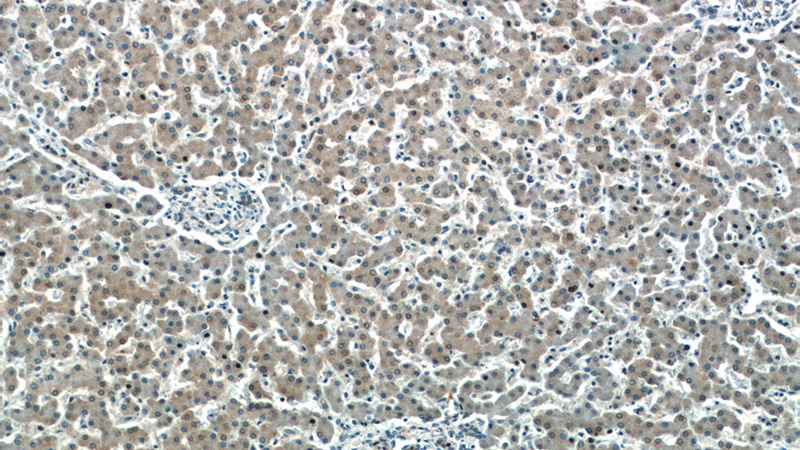
Immunohistochemistry of paraffin-embedded human liver slide using Catalog No:115803(SDCBP Antibody) at dilution of 1:50 (under 10x lens)
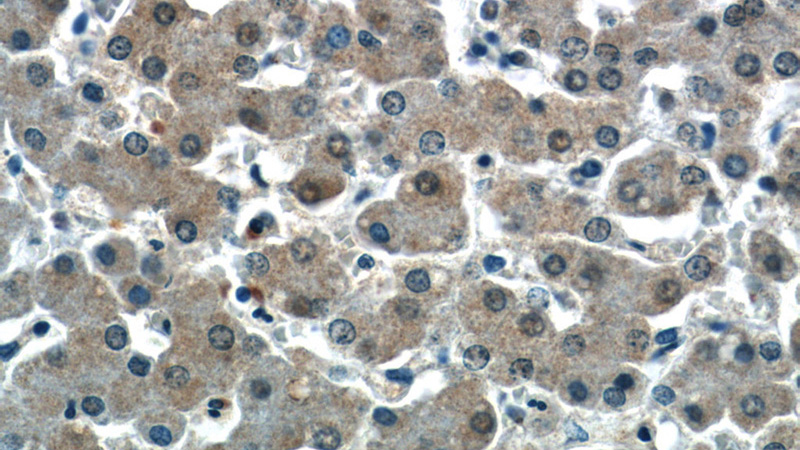
Immunohistochemistry of paraffin-embedded human liver slide using Catalog No:115803(SDCBP Antibody) at dilution of 1:50 (under 40x lens)
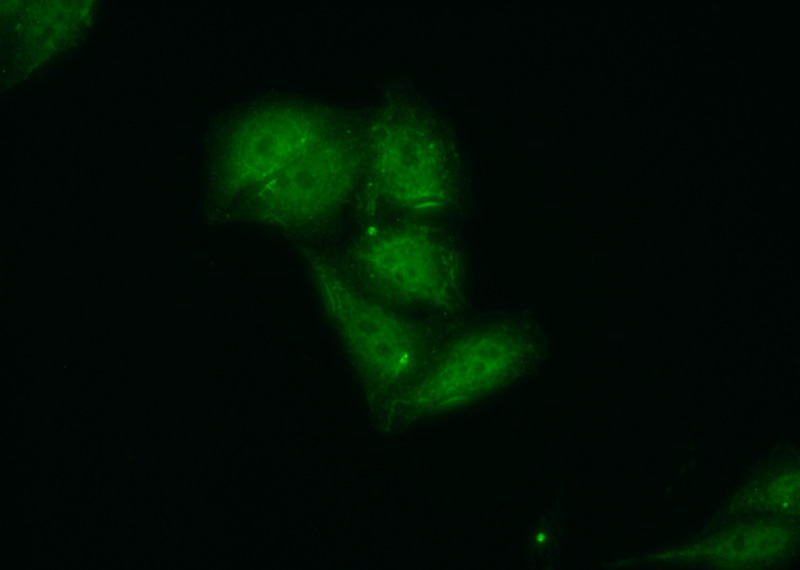
Immunofluorescent analysis of (10% Formaldehyde) fixed HepG2 cells using Catalog No:115803(SDCBP Antibody) at dilution of 1:50 and Alexa Fluor 488-congugated AffiniPure Goat Anti-Rabbit IgG(H+L)
-
Background
Syntenin-1, also known as SDCBP (syndecan binding protein) and MDA-9 (melanoma differentiation-associated protein 9), was initially identified as a molecule linking syndecan-mediated signaling to the cytoskeleton. Syntenin-1 is a PDZ-domain-containing molecule that has many interaction partners, and regulates transmembrane-receptor trafficking, cell adhesion, tumor-cell metastasis and neuronal-synapse function. Syntenin-1 is primarily localized to membrane-associated adherens junctions and focal adhesions but is also found at the endoplasmic reticulum and nucleus.
Related Products / Services
Please note: All products are "FOR RESEARCH USE ONLY AND ARE NOT INTENDED FOR DIAGNOSTIC OR THERAPEUTIC USE"
